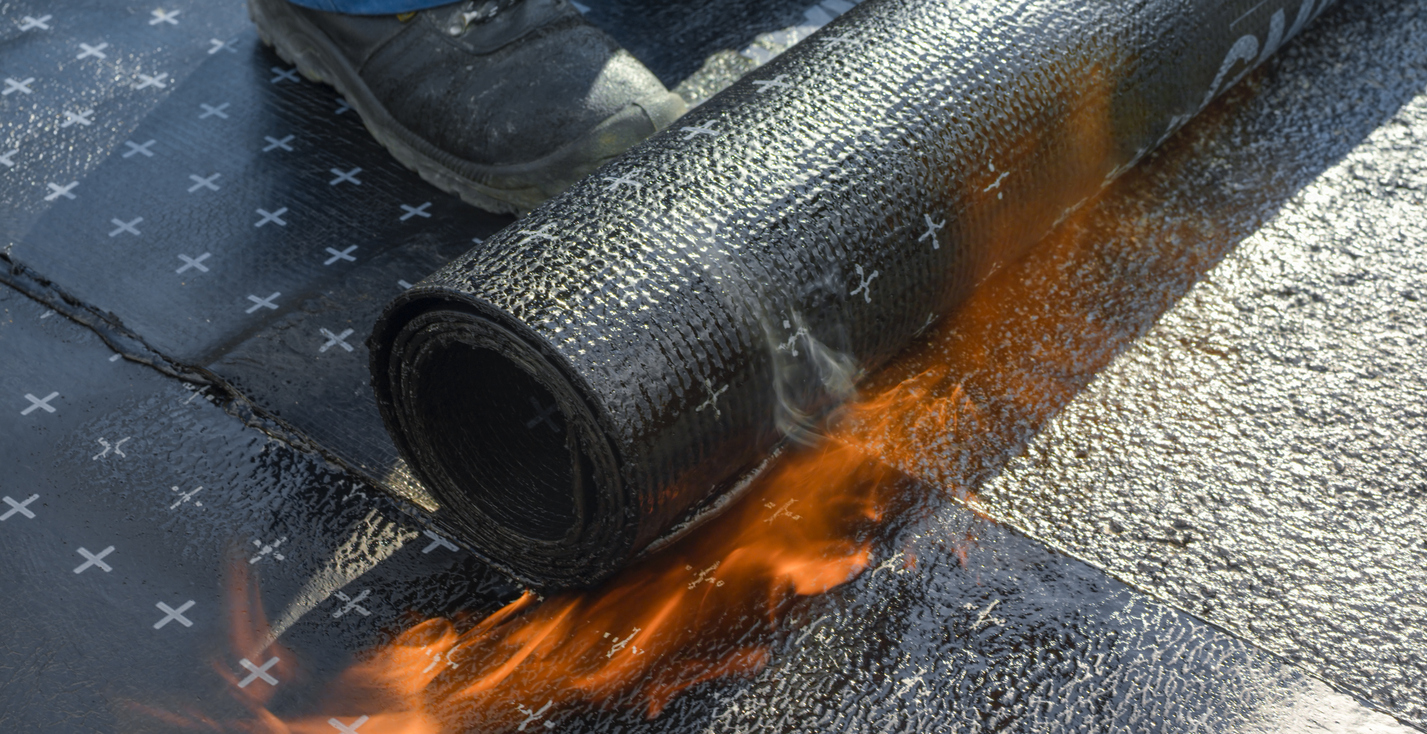The choice of roofing materials is significantly influenced by the climate of a region. Different weather conditions, including temperature fluctuations, precipitation, humidity, and wind patterns, can impact the performance, durability, and longevity of roofing systems. Here’s how various climates affect the selection of roofing materials:
1. Hot and Arid Climates
Recommended Materials: Metal roofing, clay tiles, and reflective asphalt shingles.
In hot and dry regions, roofs need to reflect sunlight to minimize heat absorption and reduce cooling costs. Metal roofs and light-colored or reflective asphalt shingles can help keep buildings cooler. Clay tiles are also effective as they provide excellent thermal insulation.

2. Cold Climates
Recommended Materials: Asphalt shingles, metal roofing, and slate.
In areas with heavy snowfall and cold temperatures, roofs must be able to withstand the weight of snow. Asphalt shingles and metal roofing are popular choices due to their durability and ability to shed snow. Slate is also suitable but requires proper structural support due to its weight.
3. Humid and Tropical Climates
Recommended Materials: Metal roofing, tile roofs, and synthetic materials.
In humid areas with high rainfall, roofs must resist moisture, mold, and mildew. Metal roofing is advantageous because it is resistant to rot and can withstand heavy rains. Clay and concrete tiles are also beneficial due to their durability and resistance to moisture. Synthetic materials can provide similar benefits while being lightweight and cost-effective.
4. Coastal Climates
Recommended Materials: Metal roofing, asphalt shingles, and fiberglass shingles.
Coastal areas are prone to high winds, salt spray, and humidity, which can accelerate the deterioration of roofing materials. Metal roofing is highly resistant to corrosion and wind uplift. Asphalt shingles, especially those rated for high wind resistance, are also suitable. It's essential to choose materials that can withstand the corrosive effects of saltwater.
5. Windy Climates
Recommended Materials: Impact-resistant shingles, metal roofing, and roof systems with enhanced fastening.
In regions prone to strong winds, roofing materials must be securely fastened to prevent lifting or damage. Impact-resistant asphalt shingles and metal roofs are designed to withstand high winds. Roof designs should also include features like a low slope and proper ventilation to reduce wind uplift.
6. Variable Climates
Recommended Materials: Versatile materials like asphalt shingles, metal roofing, and synthetic options.
In regions that experience a range of weather conditions, including hot summers and cold winters, versatile materials that can perform well under various circumstances are crucial. Asphalt shingles and metal roofs provide flexibility and can accommodate temperature fluctuations.
Choosing the right roofing material requires careful consideration of the local climate. By understanding how different weather conditions can affect the performance of roofing systems, property owners can select materials that will ensure durability, efficiency, and protection for their homes or buildings. Consulting with roofing professionals who understand local climate challenges can also help make informed decisions.
